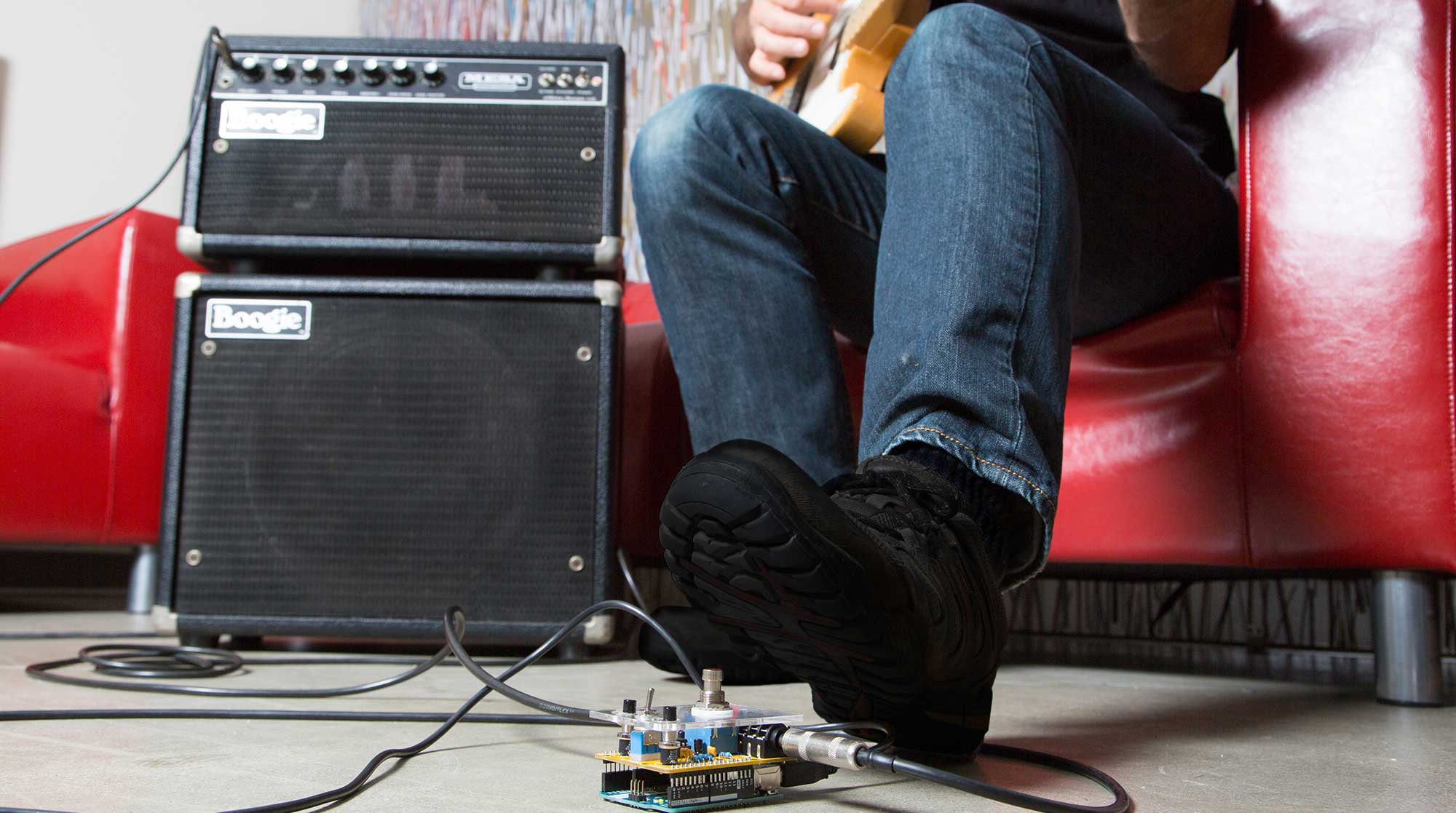

Construct a guitar pedal with easy-to-find parts and have fun creating your own sounds immediately — you don’t need deep knowledge in digital signal programming or electronics.
This entire project is open source and open hardware; all the schematics and files are free. The design was created using KiCAD, an open source ECAD for Win-Linux-Mac so everybody can contribute. Learn more at our website. Here’s how to build your own.

















